The beautiful bougainvillea glabra and how it got its name
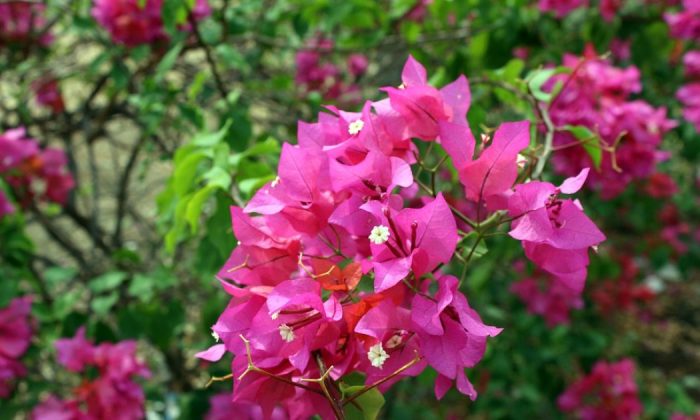
Do you know who L.A.C. de Bougainville was? We do. A well-known French sea navigator living in the 18th century. Today, he would be completely forgotten if it weren’t for a beautiful flower he discovered in South America and brought it to Europe.
Yes, we talking about the beautiful bougainvillea. Today, we recognize 10 species of this unusual flowering beauty. It is actually a creeping vine – a liana which forms a bush like structure and we recommend growing it in portable containers so you can move it indoors when the weather gets cold. It does not do well in cold weather.
You can choose from two types
If you want to grow it in your garden, there are only two types that you may consider: the great bougainvillea (Bougainvillea spectabilis) and the so called paper flower (Bougainvillea glabra). And of course all varieties thereof.
Bougainvillea glabra comes from Brazil. It is typical for thorny three-meter long shoots, which are covered with oval and shiny leaves. Flowers are yellow, tubular in shape and rather inconspicuous. What is really interesting about bougainvillea is that it grows brightly coloured bracts (leaf like structures) that attract insects from far away.
The original bougainvillea is purple, but today you can get it in pink, yellow, white, orange and even colours. On the other hand the great bougainvillea is growing more widely and vigorously. Its thorny shoots can reach 10 meters in length. The original colour is rose-red, but you can also get it in pure pink, red or orange.
Photo: Pixabay
Growing bougainvillea
Both species have very similar requirements (just be aware of the size it will actually reach). You can grow bougainvillea on your balcony or in a winter garden. It likes nutritious and permeable substrate with humus, which you can make, for example, by mixing peat, sand and compost, while the compost should consist of three parts and each other component of one part.
Bougainvillea requires regular fertilizing from April to October. Young plants need to be transplanted into larger containers every 2-3 years. Once your bougainvillea reaches 12 years you can just replace the top layer of the soil. Make sure that the bottom of the flower pot has a rather thick permeable layer, which serves as a drainage (e.g. expanded clay aggregate), because bougainvillea is very sensitive to “deep” moisture.
If you want to have beautiful flowers you need to provide plenty of sun and abundant watering. The root system must never dry out completely. If it dries out, the plant will drop buds and very soon also the leaves.
Bougainvillea in autumn
During the summer, bougainvillea will do well on the south or west side of your garden or house, but as soon as the outside temperatures start to approach zero – at the end of the season, you need to winterize it properly. First, move it to a cooler and sunny location and it should continue blooming for a while, but as soon as the flowers disappear and the plant drops some of its leaves, shorten about half of its shoots by a third and reduce watering. Only increase watering when new leaves appear at the beginning of the next spring. If you want to propagate bougainvillea, use its woody top cuttings and you may do so from late January to mid-April.
Preview photo: Pixabay

Gardening is my hobby, I have a lot of experience and I am happy to share it.
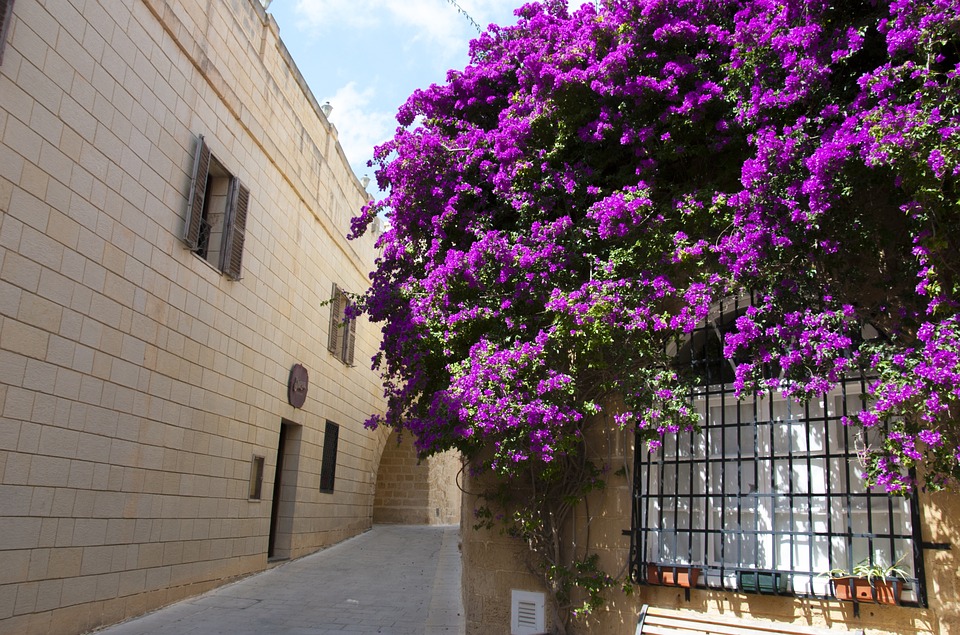


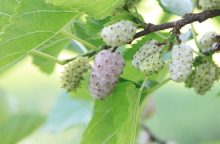

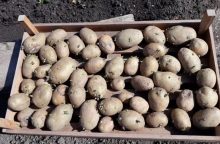
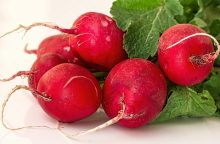
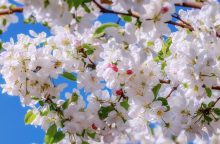
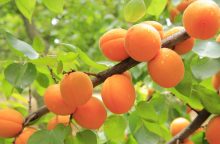
0 comments